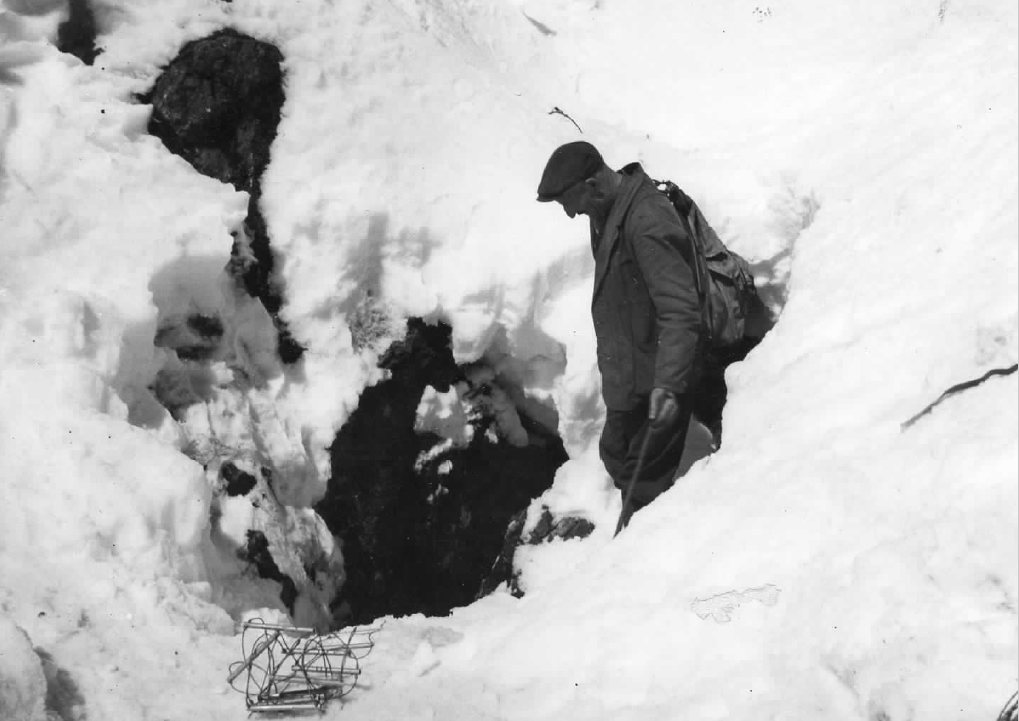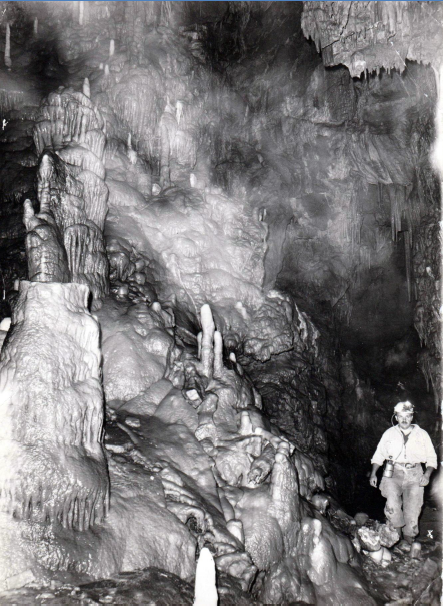
The Fontrabiouse cave was discovered in 1958, thanks to the exploitation of the marble quarry that overlooks the village. Armand Girona, chief miner of the quarry, discovers at the end of a mine shot a gaping hole in which he descends with the help of a smooth rope discovering the first 400 meters of the underground network. Two days later, a team from the Entente Spéléologique du Roussillon (E.S.R) arrived in Fontrabiouse and began exploring the network. A large part of the galleries will be discovered until December 30, 1958. Then, the research will stop for 12 years.
It was in 1970 that the E.S.R took another interest in this cavity by organizing a more complete exploration. Their goal: to enter from above and exit through the cave below. But the progression is very difficult, if not impossible.
This cavity remained the reserved domain of speleologists for 25 long years, before the municipality made it accessible. In the 60s and 70s, a new quarry was opened above the old one in order to provide the gravel roads of Capcir and Cerdagne. The speleologists persuaded the municipality to set up the entrance gallery of the cave and thus close the quarry, which by its explosions damages the houses of the village. The Fontrabiouse cave was opened to tourists on 1 July 1983.
The cave was built in two stages. Initially from the top, then in 1993 the development was envisaged at the level of the quarry tile allowing direct access to the cave. It should be noted that before the discovery of the cave, the town of Fontrabiouse was known for its exploitation of the onyx used to decorate the rooms of the Petit Trianon in Versailles and the staircase of the Consular Palace in Perpignan.

Fontrabiouse was far from conventional prospecting areas and speleologists of the time did not suspect such a cavity at this place.








 Soyez informés de notre actualité (évènements, nouveautés...)
Soyez informés de notre actualité (évènements, nouveautés...)